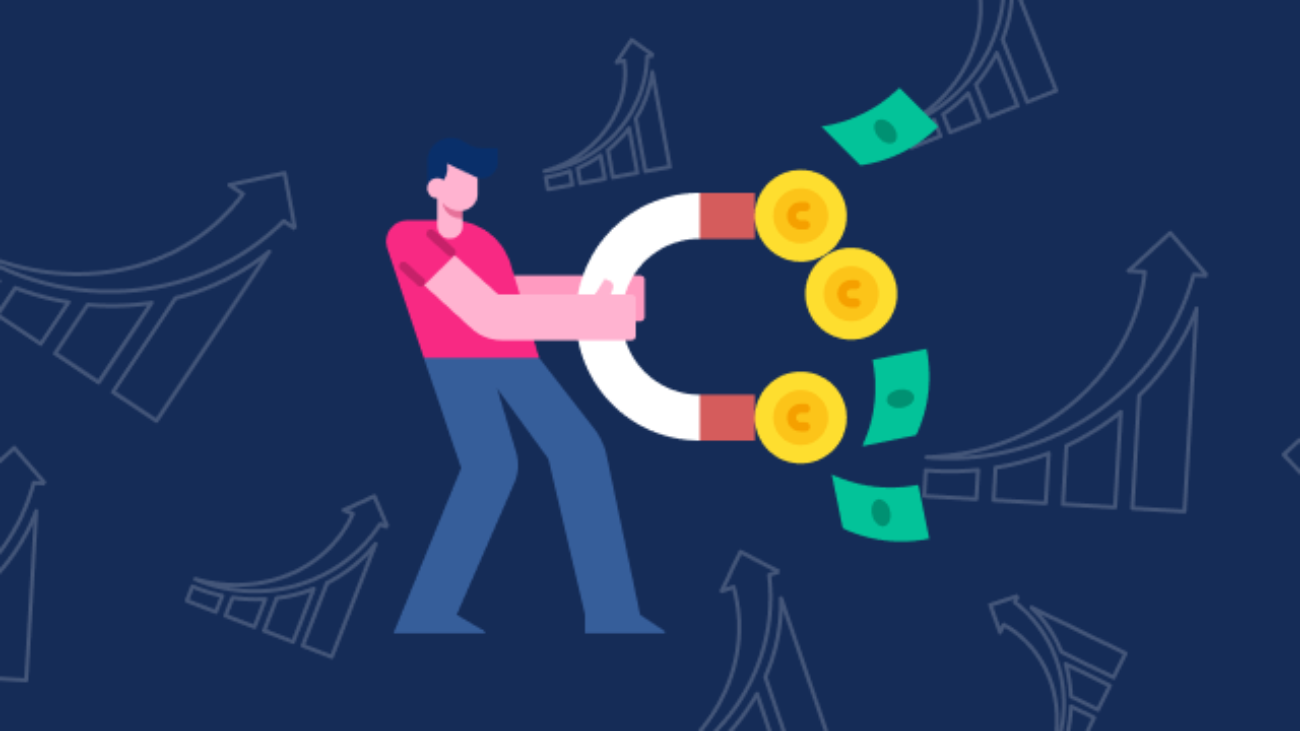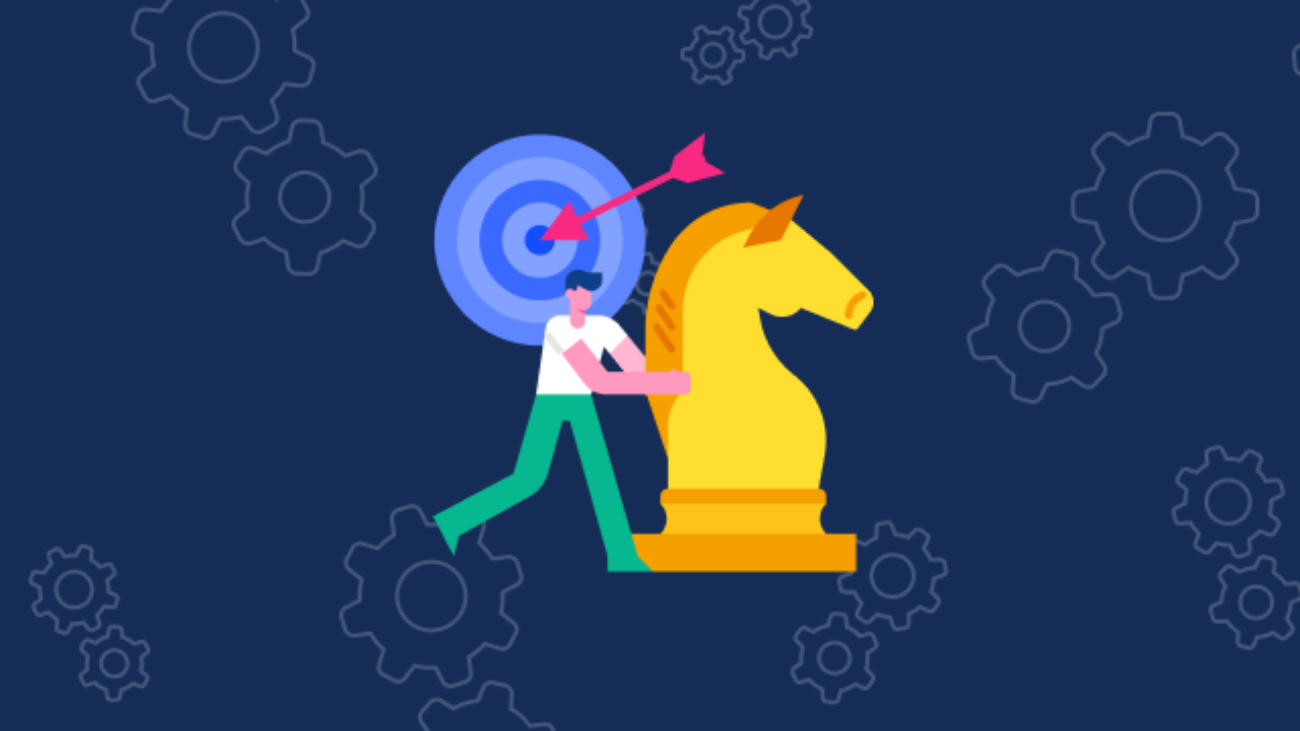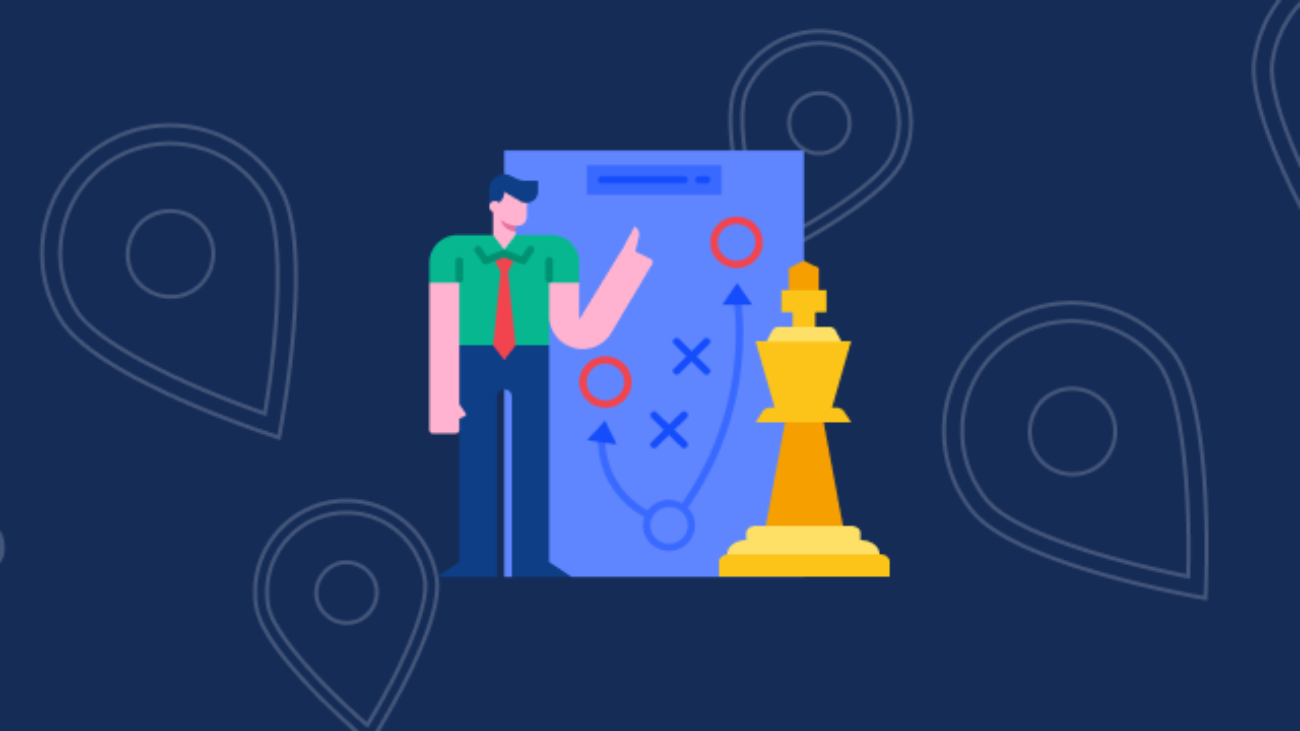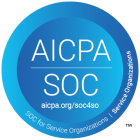In times of recession, businesses are more likely to cut costs wherever possible, including by canceling subscriptions to non-essential services. This means that B2B SaaS companies need to focus on retaining their existing customers in order to continue generating revenue. NRR allows companies to track their success in doing so and make any necessary adjustments to their retention strategies.
Winning at revenue growth also relies on revenue retention. Revenue retention will give you the keys to unlocking all other aspects of revenue growth strategy.
These users prop up all outreach to new customers showing that your brand has a high-level of trustworthiness for long-term relationships.
Revenue growth can seem like a no-brainer, but when it comes to revenue retention, it can feel like a shot in the dark. So, what is net revenue retention, and why does it matter so much?
Net revenue retention, abbreviated NRR, is a metric used to boost business growth.
What is NRR?
Net Retention Rate (NRR) is a key metric for any B2B software as a service (SaaS) company, but it becomes particularly important in times of economic recession. NRR measures the percentage of a company’s existing customers that continue to use and pay for its services from one period to the next.
Industry leaders describe NRR as “net dollar retention.”
Net dollar, or net revenue retention, the company considers upgrades, downgrades, and customer churn to analyze the business customer base.
NRR breaks down into monthly segments called monthly revenue retention, or MRR. MRR is a rough estimate of the revenue that comes from your user base each month.
Why is NRR important?
Experts believe NRR is now more important than ever before.
With the current economic slump, it is now more important than ever before to retain customer bases.
Estimates state that a business can deliver 20 percent growth yearly with the existing customer base.
Growth happens without adding a single new user. Why? Because a stable customer base has expansion opportunities. We’ll talk about that in a minute. First, we’ll define the logic and the math that backs NRR.
Know what churn looks like
When factoring NRR, you will also want to look at churn cases. Churn is the rate at which customers end relationships with your brand.
If a customer cancels a subscription, this may not be the same thing. They may still access your free version of the product, and yet not be paying for a subscription for whatever reason.
Churn distinguishes between these cases and cases where a customer has broken a connection with your brand forever.
The math of NRR
Net Revenue Retention requires some simple math. Use the NRR equation:
(Contraction MRR – (Churn MRR + Expansion MRR)) / Starting MRR
Alright, so math sucks. Let’s break this down.
To find your NRR, you will add your growth to your starting MRR. Subtract downgrades and churn from this new MRR. Now divide the new MRR by your starting MRR. Last, multiply the MRR you got from the division by 100%. This final result is your NRR.
How to use your NRR
You might be wondering why we put you through the math. Trust us, it’s worth it.
Simmering it down, NRR is the tool we use to gauge business growth potential from our existing user base. These are more than just fancy calculations. We’re solving for where our growth potential is so we can strategize the best ways to influence that growth to happen.
Industry leaders say that a good NRR is going to show growth of over 100%.
When the NRR passes the 100% mark, we see growth instead of a static revenue retention rate. An NRR of 100% shows that our annual revenue retention, or ARR, has either grown or remained the same.
Ideally, we want the NRR number to be 109%. This shows that we are retaining a good revenue income and also growing by roughly 9%.
Recognize the room to grow
While 9% is ideal, we have found that a business can grow by 20% per year by keeping a healthy net revenue retention.
Using NRR gives us insights into how to upsell our subscription base.
Because NRR can show us who is already engaging with a paid version of the product, we can use these metrics to estimate who will be open to an upsell. Upselling happens when your current customer base is open to the value offer for a higher-cost subscription.
Invest time in expansion opportunities
Remember a little while ago when we said NRR was good for expansion opportunities? We’ll bring it full circle now. Upselling is one of the expansion opportunities we can explore through NRR math.
KPIs for the upsell
We need a little bit from our data rather than solving for growth rates. KPIs take over here. Informed KPIs give us the data groups and tools for seeing the value our users are looking for in an upgrade. We sell from there.
Building the upsell
Setting data priorities straight empowers the upsell process. As we explore upselling, we work towards expansion revenue goals. Expansion revenue is any revenue that expands from initial customer contact. We call it expansion revenue because we’re exploring an expanding relationship with our customers.
Upselling is one of two primary expansion catalysts. The second catalyst is cross-selling. Cross-selling introduces customers to new features or add-ons within their existing plans.
Prevent churn
Remember that data can alert you to positive growth opportunities, but it can also show you areas where improvement is key. To avoid churns and “drop off,” you need to know your data and streamline the upsell and cross-sell to work naturally with where the customer is in their relationship with you.
Marketing leaders remind us that no one likes to be “sold to.” A customer with an issue is more likely to have a negative reaction to expansion measures if they feel that their current needs are not being met. However, addressing this is relatively simple. When in doubt, return to your user data flows.
Know your data
We talked about KPIs a little while ago. Here is where they get all-important. Without a clear use for data, teams fumble around product management funnels in the dark.
This is why actionable, AI-led product growth modeling is important. Here we point a laser to the KPI and hone in on data that is essential for reaching those KPI-based goals.
Make your data work for the customer
Whether you upsell or cross-sell, make data work for the customer. Boost your pipeline to understand the customer user-experience flow. Then, use this information to work in natural upsell and cross-sell opportunities.
Coho’s AI-enhanced product-led growth insight tool will notify the team when a customer reaches a milestone.
Notification helps teams to optimize the flow of selling prompts in a way that flows with the customer journey and needs. Is a customer outgrowing their current subscription? It’s time for an upsell. Is the customer running into a few roadblocks based on the need for one additional feature? Cross-sell to them.
Coho AI enables personalized selling based on usage insights.
Takeaways
Customers are people. Data helps us relate to them in ways that are as diverse as they are. With better insights into the flow of their needs and wants, we can use the NRR to optimal advantage.
Coho AI believes that product-led revenue growth is people-led revenue growth. AI empowers human interaction in mass numbers in ways that other growth models never could.
Bottom line: the NRR is vital to underlying our core community of users. By building on this, you will invest in the life and future of not only your product but also your brand community. In an economy driven by uncertainty and a deep need for connection, this makes daylight to dark difference between you and your competition.






